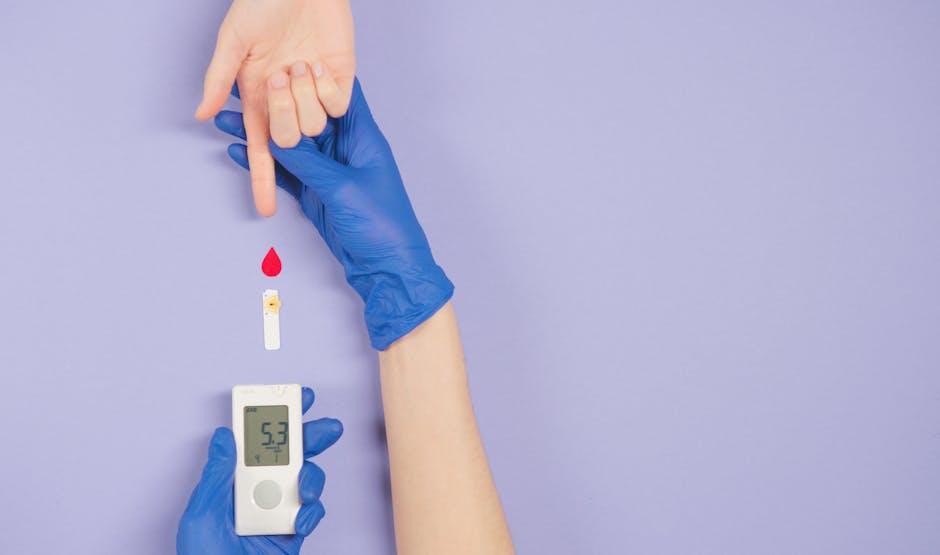The term “blindness” describes a wide range of vision loss, ranging from low vision quality to total blindness. The way blind people see the world depends on the type, severity, and duration of their vision loss.
Jump to Key Takeaways.
LightFieldStudios / Getty Images
Levels of Blindness
While the most common perception of blindness is a complete loss of sight, what people with vision loss see exists across a wide spectrum.
Total Blindness
Total blindness means you cannot see anything and have no perception of light. However, it’s a misconception that blind people see black. With total blindness, you have no visual sensations, including darkness, and see nothing at all.
The diagnosis of total blindness is often referred to as having “no light perception” (NLP). Only about 15% of people with an eye disorder have total blindness.
Blindness With Light Perception
With this level of blindness, you can determine there is a source of light, but you can’t see the color or patterns of the light. Having this degree of blindness means that you may be able to tell whether lights are on or off in a room. You may also see light from sources such as camera flashes, sunlight, and computer monitors.
Legally Blind
Being considered “legally blind” in the United States means you meet one or both of the following criteria during an eye examination:
- You have central visual acuity (the ability to see directly ahead) of 20/200 or less in your better eye when wearing glasses or contact lenses. With 20/200 vision, you can see at 20 feet what someone with 20/20 vision can see at 200 feet.
- You have tunnel vision, a condition in which your peripheral or side vision (what is in your line of sight without moving your eyes from side to side) is limited in your better eye so that the widest diameter of the visual field subtends an angle no greater than 20 degrees.
Being legally blind is not a functional definition of low vision. It is used to determine your eligibility for certain government-funded assistance programs, low-vision devices, certain tax exemptions, and some state and local programs.
Colors
The colors that blind people see vary by individual. People who are congenitally (from birth) blind or those who lost their sight at a young age do not “see” colors in the traditional sense since they don’t have visual experiences to use as references.
However, research shows they can conceptualize or understand colors as abstract concepts, the same way that sighted people learn about and visualize abstract concepts such as justice. They can also learn that color is a feature of things or settings that differs from other sensory qualities, such as sound or touch.
Shapes and Depth
Blind people use a combination of other senses, such as touch, hearing, and spatial awareness, to comprehend and perceive shapes and depth. Through sensory substitution techniques, they can gain a sense of shape and depth in meaningful ways.
One of the primary ways blind people interpret shapes is through touch. Through tactile investigation, they can learn about an object’s form, dimensions, and surface properties.
Research suggests that blind people are more sensitive to acoustic reverberations (the persistence of sound after it is produced). This helps them use sound and echolocation (bouncing sound waves off objects) to understand distances, shapes, depth, and the layout of their environment.
Blind people use this system to learn spatial information about objects in their environment by interpreting the echoes that bounce off them. Those trained in echolocation may produce clicking sounds with their mouths, stomp their feet, or snap their fingers to navigate their environment.
Other Visual Experiences
Blind people may experience a range of visual experiences based on when and how they lost their vision, including:
- Residual vision: People who lose their vision later in life due to disease or injury may retain some, limited sight. This allows them to have visual impressions or a very limited form of visual awareness that might allow them to detect light and/or movement of shapes.
- Visual memory: Visual memory describes the ability to store and retrieve information that has been gathered by your visual system. People who lose their sight after having been able to see may have visual memories that help them remember what something looked like when they had vision.
- Visual hallucinations: Charles Bonnet syndrome, occurs in people who have lost a considerable percentage of eyesight, often at an older age. Visual hallucinations can include complex visions of people, animals, geometric shapes, or objects that aren’t present.
What Do You See in Your Mind If You Are Blind?
The absence or loss of vision is unique to every person, meaning that every blind person has their own experience with what they see in their mind. Most blind people can discern between light and dark. While the exact number is unknown, about 85% of people who are legally blind have some degree of remaining vision and light perception, though this varies from person to person.
Blindness and Dreaming
Research indicates that the sensory experiences within blind individuals’ dreams depend on when that person lost their vision. People who have been blind since birth experience dreams more intensely using non-visual sensory elements such as auditory and tactile experiences.
People who went blind from ages 5 to 7 continue to perceive images and dream in color, like sighted people. These visual dream experiences are not limited to people and places they saw before going blind. Rather, their dreams can include people and objects they have encountered after the onset of blindness.
However, people with late blindness can also lose clarity and color visual impressions over time, so they may not always “see” during a dream.
Assistive Tools and Technology for Blind People
Assistive tools and technology for blind people provide access to information, navigation, and an independent lifestyle. Examples include:
- Screen-reading software: Screen readers are software programs that translate text, buttons, and images on a computer screen into spoken words.
- Dictation software: Also known as speech-to-text software, dictation software allows blind people to use standard QWERTY keyboards to write text by speaking into a microphone.
- Optical character recognition (OCR) systems: These devices use an existing document or scan a printed document into a computer and convert the picture image into text characters and words, which screen readers and Braille embossers can recognize.
- Braille printers: Braille printers use solenoids (electromagnetic devices) to control embossing pins that stamp data in Braille onto paper after receiving it from computer equipment.
- Refreshable Braille displays: These portable devices produce Braille characters by moving pin combinations up and down. They can usually connect to the internet and/or interface with a computer.
- Sensory substitution: Sensory substitution devices can provide an indirect experience through other senses. A white cane is an example of a sensory substitution device since it allows blind people to perceive their surroundings through haptic feedback (touch).
- Magnifiers: Magnifiers may benefit people who are blind with light perception if they have sufficient vision remaining.
Key Takeaways
- What a blind person sees in regard to light, shapes, and colors depends on the timing, cause, and severity of vision loss.
- People who are blind from birth may not have visual dreams, but those who went blind after age 5 may continue to have visual dreams.
- Assistive tools and technology can help people compensate for the type of vision loss that occurs.








:max_bytes(150000):strip_icc()/IMG_09172-9ca0040fa5e74df0b5aac42d8125d477.jpeg)


:max_bytes(150000):strip_icc()/water-first-thing-in-the-morning-2000-99d138531d854169afc7ed97bea007cb.jpg)
